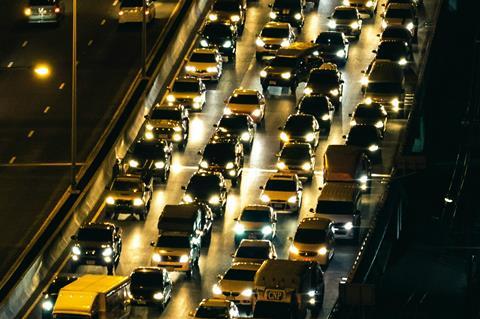Microbial particles including fungi, bacteria, allergens, etc., are common natural components of air. In particular, fungi represent a large portion of the airborne microbes since they are among the most abundant, widely dispersed, and pervasive organisms in the world.
Spores of different fungal species dispersed in the atmosphere are considered to be related to air pollution, thus affecting human health. Bioaerosols containing airborne microorganisms and their waste products can cause respiratory disorders and other adverse health effects, such as hypersensitivity pneumonitis and toxic responses.

Studies on both indoor and outdoor airborne microorganisms have provided useful information about the diversity of airborne fungal communities in the analyzed environments, which can be utilized to better understand the implications for human health and to perform risk assessment and disease prevention. However, little is known about the effect of car traffic on the diversity and structure of airborne fungal communities. It is not yet clear if and how car traffic has also an indirect effect on human health by influencing the distribution and concentration of airborne fungi.
Traffic junctions
This study led by Dr. Lorenzo Pecoraro (Tianjin University) investigated the environmental factors affecting the diversity and concentration of airborne fungi at high-traffic density junctions in Tianjin, one of the largest megacities in China.
In total, 244 fungal strains belonging to 78 species and 45 genera of Ascomycota (78.69%) and Basidiomycota (21.31%) were isolated and identified using morphological and molecular analysis. Aspergillus was the species-richest genus, with 9 recorded species, followed by Alternaria and Cladosporium, both with 8 species. Coprinellus radians was the most abundant fungal species, with 31 isolated strains, followed by Alternaria alternata (26 strains), Cladosporium cladosporioides (21), Alternaria compacta (13), and Cladosporium tenuissimum (11).
The researchers also found a higher diversity and concentration of airborne fungi in the analyzed urban air environments when the road traffic was at its highest intensity. Higher levels of car traffic resulted in higher concentrations of fungal particles in the air for various taxa, including Alternaria, Aspergillus, and Cladosporium, which are known to cause respiratory allergies and infections.
These results suggested that reducing vehicular traffic could be an effective measure to control airborne fungal exposure and microbial pollution. “The results of our research could be taken into consideration to guide government policies and may represent a valuable source of information for the prevention of airborne-related diseases in urban areas.” Dr. Lorenzo Pecoraro said.







No comments yet